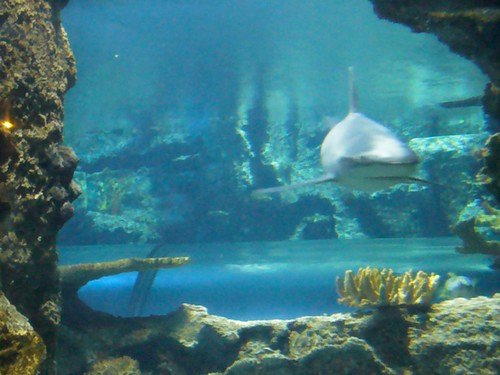Vanilla, an ingredient that graces everything from ice cream to perfume, has a secret that many are unaware of. This luxurious spice comes from a unique orchid, and its journey from flower to flavor is nothing short of miraculous. Unlike many plants that rely on natural pollinators like bees or wind, the vanilla orchid often requires human intervention. The mystery of why most vanilla is still pollinated by hand is a tale of botany, history, and human ingenuity. Let’s delve into this fascinating world and uncover the secrets behind this labor-intensive process.
The Intricate Dance of the Vanilla Orchid

The vanilla orchid is a captivating plant, known scientifically as Vanilla planifolia. Its flowers bloom only for a single day, presenting a narrow window for pollination. This fleeting opportunity is a delicate dance between nature and nurture. In its native habitat of Mexico, a specific species of bee, the Melipona, has evolved to pollinate this orchid. However, outside this region, these bees are not present, leaving the orchid’s pollination to chance. This intricate relationship highlights the complexity of nature, where each species plays a crucial role in the survival of another.
The Historical Roots of Hand-Pollination
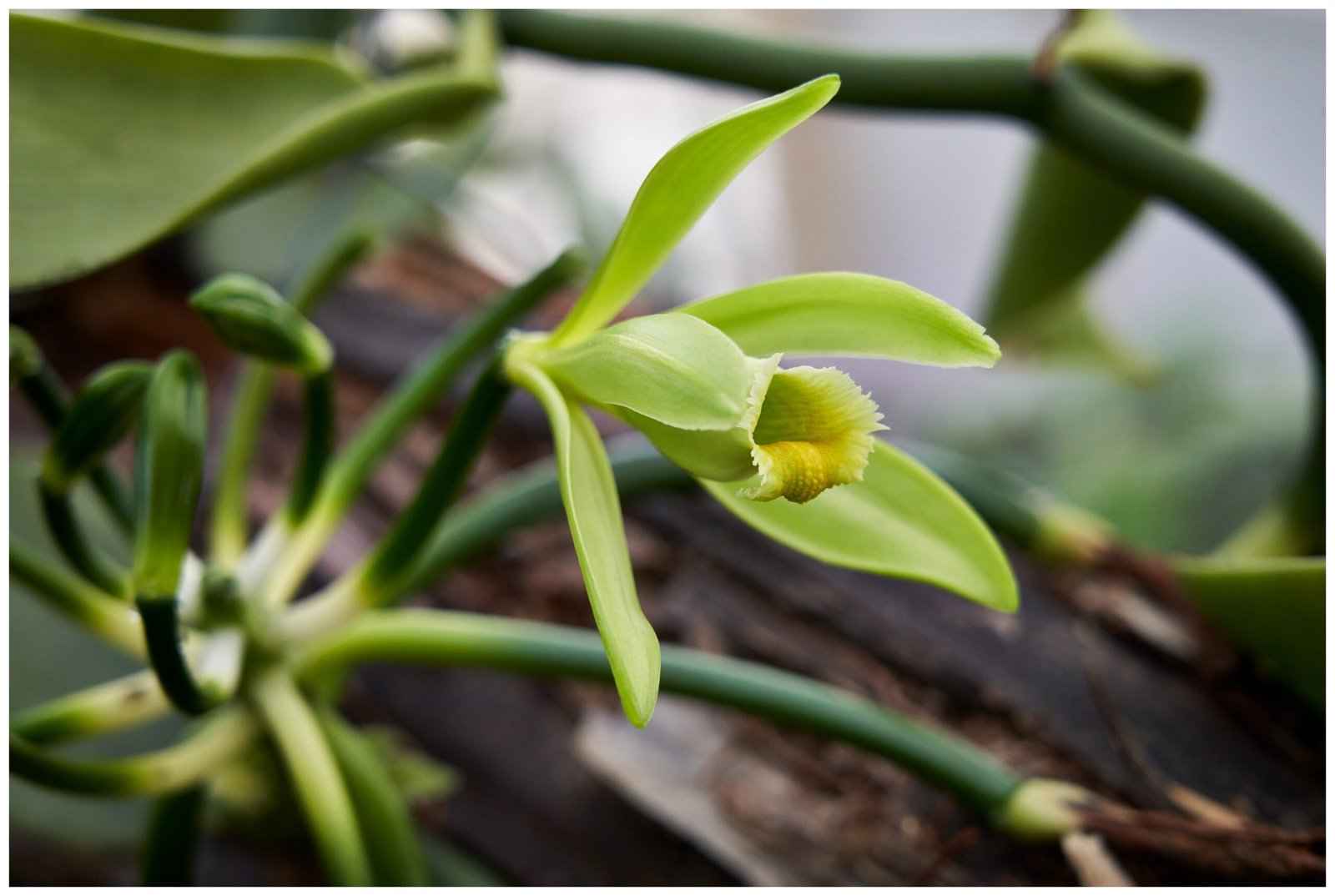
The story of vanilla’s hand-pollination begins in the 19th century when European colonists sought to cultivate vanilla outside of Mexico. Without the native pollinators, these efforts initially failed. It wasn’t until a young slave named Edmond Albius on the island of Réunion discovered a method to hand-pollinate the flowers that vanilla cultivation outside Mexico became viable. This breakthrough unlocked the potential for vanilla farming worldwide, yet it also cemented the labor-intensive nature of its production. Albius’s method remains largely unchanged, a testament to his ingenuity and the enduring challenge of replicating nature’s precise mechanisms.
The Science Behind Vanilla Pollination
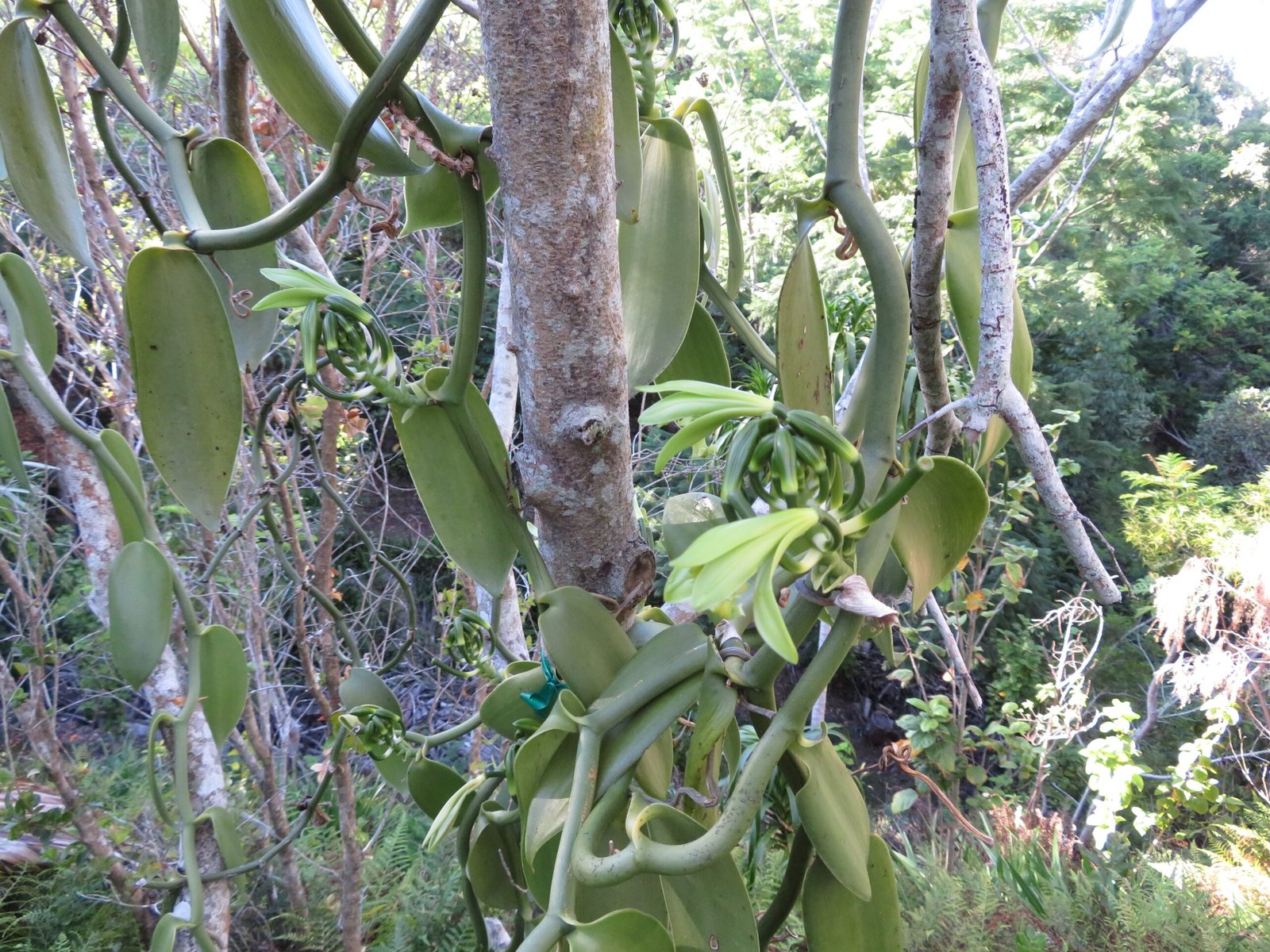
Pollinating the vanilla orchid by hand involves a precise technique where the flower’s male and female parts are manually joined. This process mimics the natural pollination that would occur with the Melipona bee. The challenge lies in the flower’s anatomy; a delicate membrane separates the reproductive structures, requiring careful manipulation. This scientific precision ensures that each flower can develop into a vanilla pod, but it also demands a meticulous and skilled touch. The necessity of this method underscores the complexity of botany, where even the smallest details can dictate the success of an entire crop.
The Global Vanilla Market
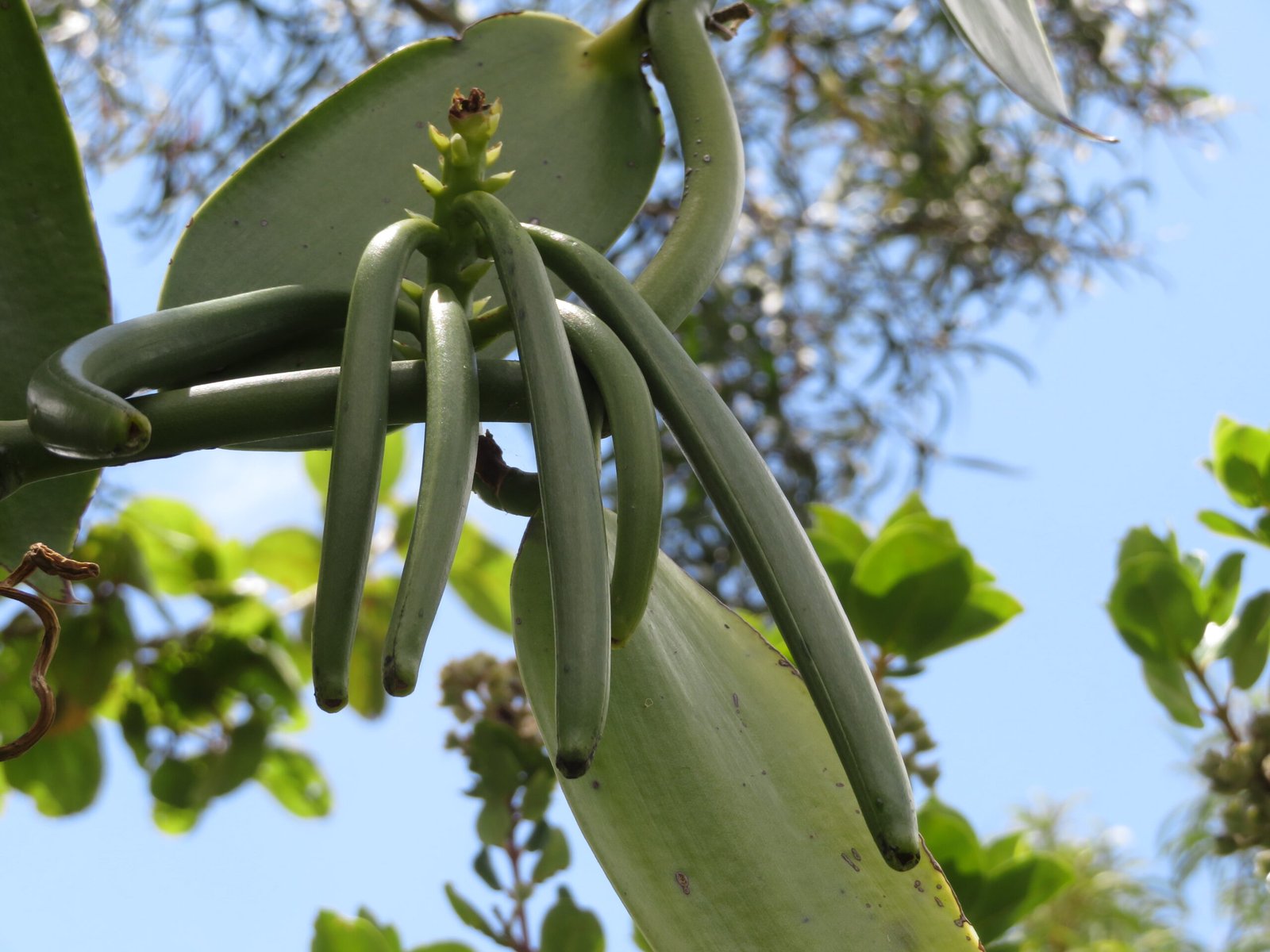
Vanilla is one of the most labor-intensive crops in the world, and this is reflected in its market value. Most of the world’s vanilla supply comes from Madagascar, where hand-pollination is standard practice. The demand for natural vanilla has surged, driven by consumer preferences for authentic flavors over synthetic alternatives. However, the laborious process means that vanilla is one of the most expensive spices, second only to saffron. This market dynamic highlights the intricate balance between supply, demand, and the human labor that sustains it.
The Challenges of Vanilla Farming
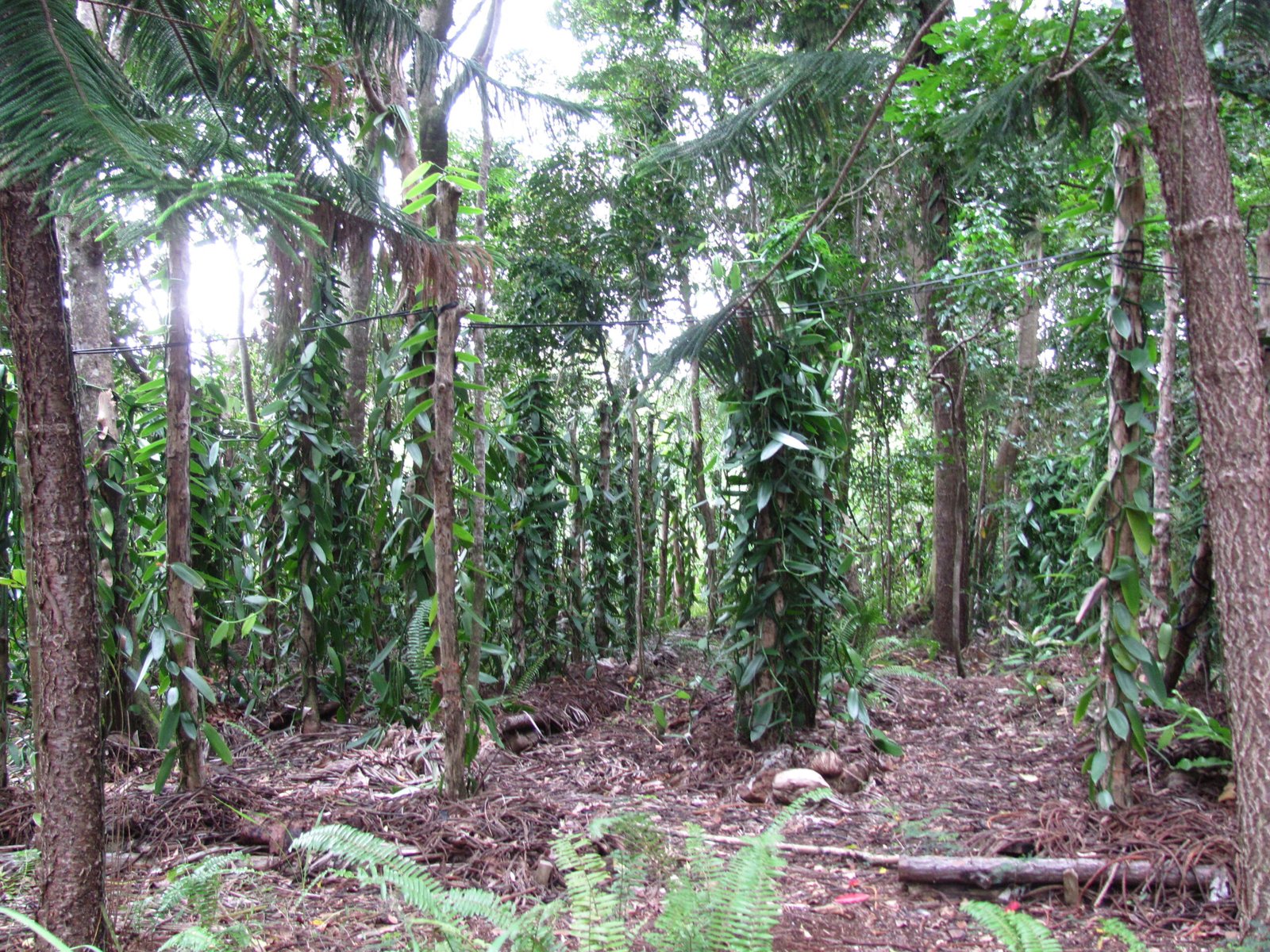
Farming vanilla is fraught with challenges, both environmental and economic. The plants require specific growing conditions, including a tropical climate, rich soil, and adequate shade. Farmers face the risk of crop failure due to pests, diseases, and adverse weather conditions. Moreover, the labor-intensive nature of hand-pollination demands a skilled workforce, which can be difficult to maintain. These challenges are compounded by fluctuating market prices, which can impact the livelihoods of those involved in vanilla production. Despite these hurdles, the allure of vanilla continues to drive its cultivation.
The Role of Technology in Vanilla Cultivation
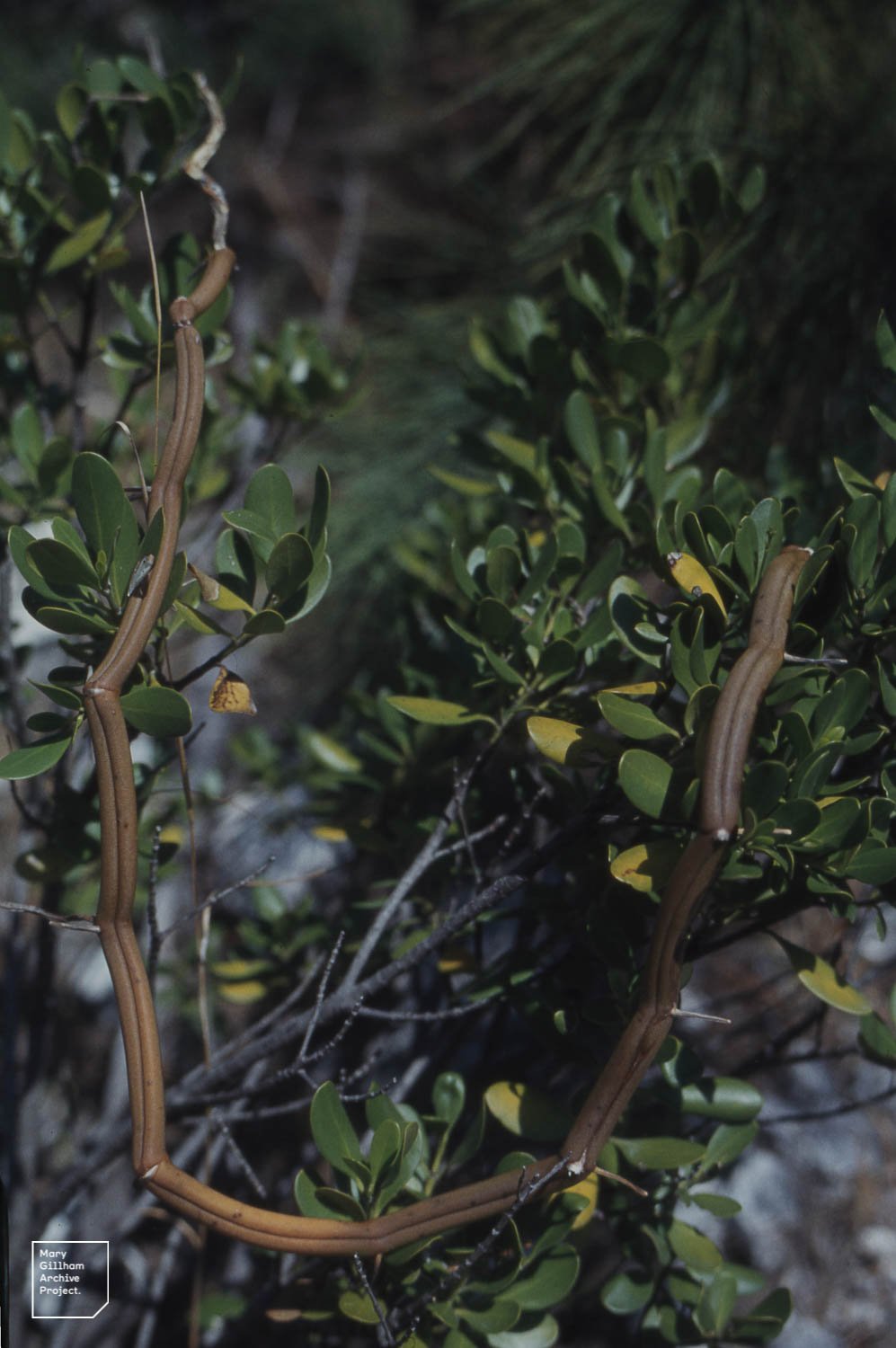
While technology has revolutionized many aspects of agriculture, vanilla cultivation remains largely traditional. Efforts to automate or genetically modify the pollination process have yet to yield viable results. Some researchers are exploring the use of drones or artificial pollinators, but these innovations are still in their infancy. The unique biology of the vanilla orchid presents a significant hurdle for technological intervention. This reliance on traditional methods underscores the limitations of technology in replicating the intricate processes found in nature.
Environmental Impacts of Vanilla Production

The environmental footprint of vanilla production is a growing concern. Deforestation for vanilla cultivation can lead to habitat loss and biodiversity decline. Additionally, the use of fertilizers and pesticides poses risks to local ecosystems. Sustainable farming practices are essential to mitigate these impacts, yet they require investment and education. As consumers become more environmentally conscious, the demand for sustainably sourced vanilla is likely to increase. This shift presents an opportunity for the industry to embrace eco-friendly practices and ensure the long-term viability of vanilla farming.
The Cultural Significance of Vanilla
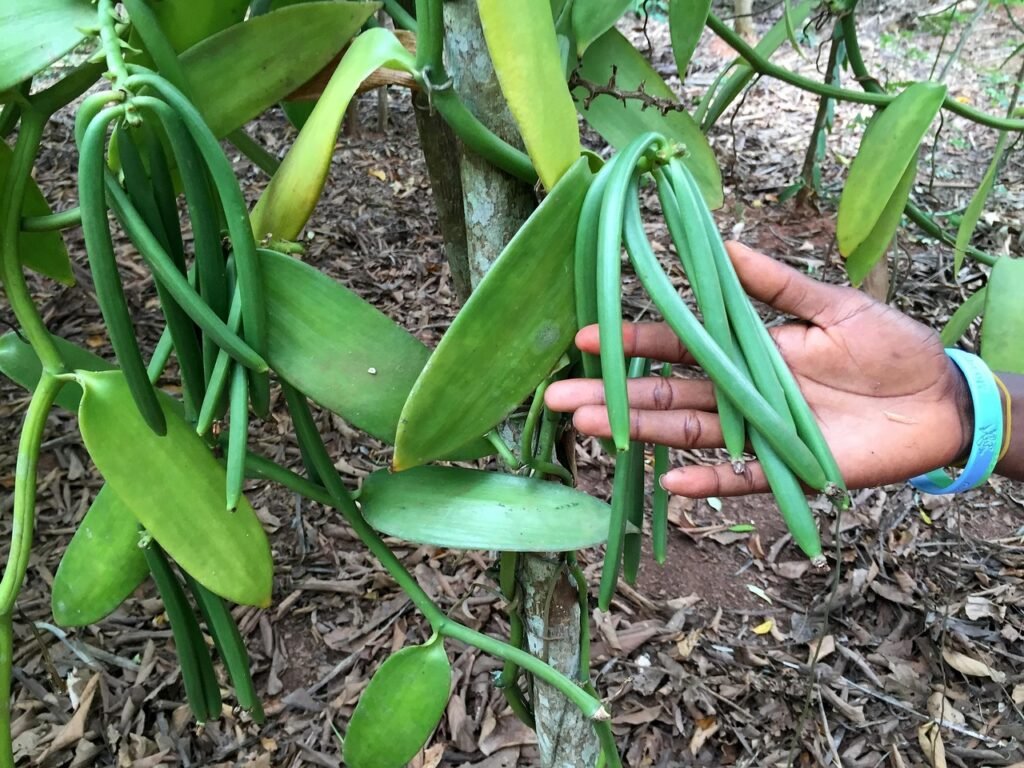
Beyond its economic value, vanilla holds cultural significance in many regions. In Madagascar, vanilla is known as “green gold,” a symbol of prosperity and a vital part of the local economy. The traditional methods of cultivation and processing are deeply rooted in the cultural heritage of vanilla-producing communities. This cultural dimension adds a layer of meaning to vanilla, transforming it from a mere commodity to a cherished symbol of identity. Understanding this cultural context enriches our appreciation of vanilla and the people who bring it to our tables.
The Future of Vanilla Pollination

The future of vanilla pollination remains uncertain, shaped by both challenges and opportunities. As the global demand for vanilla continues to rise, the pressure to increase production will intensify. Innovations in cultivation techniques and sustainable practices offer hope for meeting this demand while preserving the environment. However, the enduring need for skilled labor and the complexities of the vanilla orchid may limit the pace of change. The future of vanilla will likely be a blend of tradition and innovation, guided by the lessons of the past and the possibilities of the future.
Conclusion
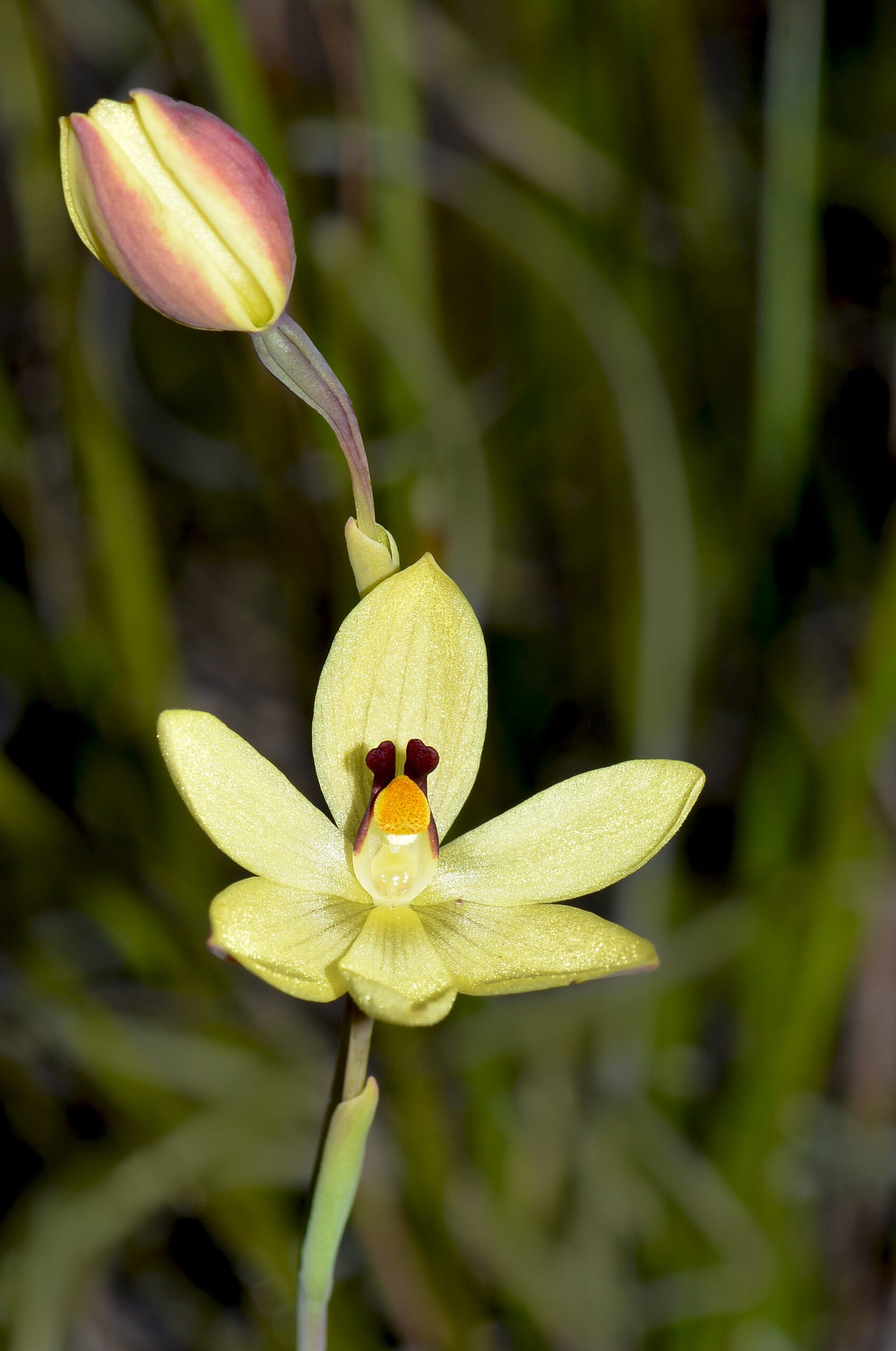
The mystery of why most vanilla is still pollinated by hand reveals a complex interplay of history, science, and human effort. From the delicate anatomy of the vanilla orchid to the ingenuity of Edmond Albius, this story is a testament to the resilience and creativity of those who cultivate this precious spice. As we savor the rich flavor of vanilla, we are reminded of the intricate processes that bring it to life. The challenges of vanilla cultivation underscore the importance of sustainable practices and the need for continued innovation. The journey of vanilla from orchid to extract is a remarkable tale of nature and nurture, one that continues to captivate and inspire.


